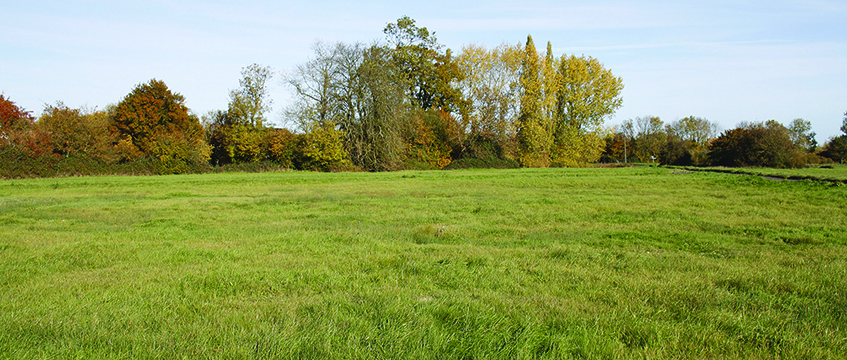The link between access to public space and good health has been recognised for many years. So much so that our laws allow councils to acquire land and hold it for this purpose. When they do, they often hold it “on trust” for the public’s use. So what happens when a council decides to sell the land and grant planning permission for its development? Is the public notified? What if members of the public object?
The law requires councils to advertise any proposed sale of land held on trust in a local paper for two weeks and for any objections to be considered. Once that process has been conducted, the council may sell the land and it is then “freed” from the public trust.
What happens if this process is not followed? Is the land still released? This issue was considered by the Supreme Court recently in R (on the application of Day) v Shropshire Council [2023] UKSC 8; [2023] PLSCS 43
Material considerations
Shropshire Council owned part of the Greenfields Recreation Ground but had not recorded that it held the land on trust for the public. It sold the land to a private company without notifying the public.
Shortly after the purchase, the new owner applied for planning permission for a housing scheme. Despite a number of objections relating to the use of the land by the public, the planning officer’s report to the planning committee advised them not to give any weight to “unsubstantiated” claims that the site was public open space. The members granted planning permission, following the officer’s recommendation.
Dr Peter Day, a local resident, looked into the history of the site and found evidence of the statutory trust. He brought judicial review proceedings against the grant of planning permission, arguing the council should have treated the statutory trust as a material consideration in determining the planning application and, as it did not do so, the permission should be quashed.
More should have been done
Day argued that as the council had failed to comply with the legal requirements to advertise the sale, the land was not freed from the statutory trust and it still applied so the land could not be developed.
In its defence, the council argued the land was not public open space and not subject to a statutory trust, but that even if it had been when the council owned it, the trust didn’t exist after the sale.
The High Court agreed that the planning officer should have done a lot more to check the status of the land before the application was determined. However, it was not an immediate win for Day as the judge said that, even if the council had considered the status of the land, it would have concluded that the public rights could not be enforced against the new owner, so would not have stopped development of the land.
Section 31(2A) of the Senior Courts Act 1981 requires judges to refuse relief in judicial review claims if it is “highly likely” the outcome for the applicant would not have been substantially different if the conduct complained of had not occurred. As the judge thought that planning permission would still have been granted even if the statutory trust was treated as a material consideration, she dismissed Day’s challenge.
Common ground
Day appealed that decision, and by the time the case came before the Court of Appeal it was agreed between the parties that:
- The land had been held on statutory trust;
- The new owner had not been notified that the trust existed; and
- The council had acted unlawfully by not complying with its obligations to advertise the sale.
Despite all this, Day lost again. The Court of Appeal held that the statutory trust was extinguished on the sale of the land to the private company because it had not known about the trust.
Hooray for Dr Day
Undeterred, Day took the matter to the highest court in the country and the Supreme Court ruled that the sale of the land into private ownership did not extinguish the trust. It found that would make a mockery of the various legal restrictions on the sale of statutory trust land.
The existence of the statutory trust was clearly therefore a material consideration which the planning committee should have weighed up as part of the planning balance.
The fact they had not led to the quashing of the planning permission, giving Day his victory.
Lessons to be learnt
There are some important takeaways from this case:
- Local authorities should keep clear and up to date records of land held in trust for the public;
- Planning officers should be thorough in their enquiries of their estates departments as to the status of land;
- Developers (as the true victims of a quashing order) should also do their own investigation, particularly where objectors raise the possibility of public enjoyment; and
- Both planning officers and developers should ensure that where the application site (or part of it) is owned subject to a statutory trust, this is reported to the planning committee as a material consideration.
No doubt, with improved best practice, cases such as this can be avoided.
Kathryn Hampton is a senior expertise lawyer and Claire Dutch is UK head of real estate and co-head of planning at Ashurst LLP








